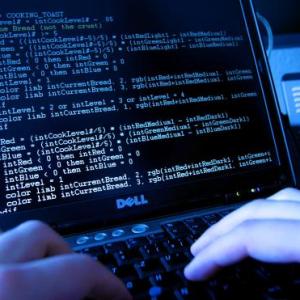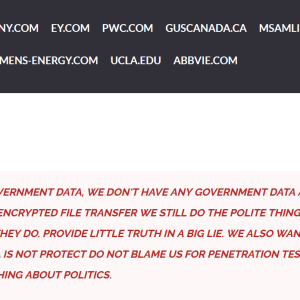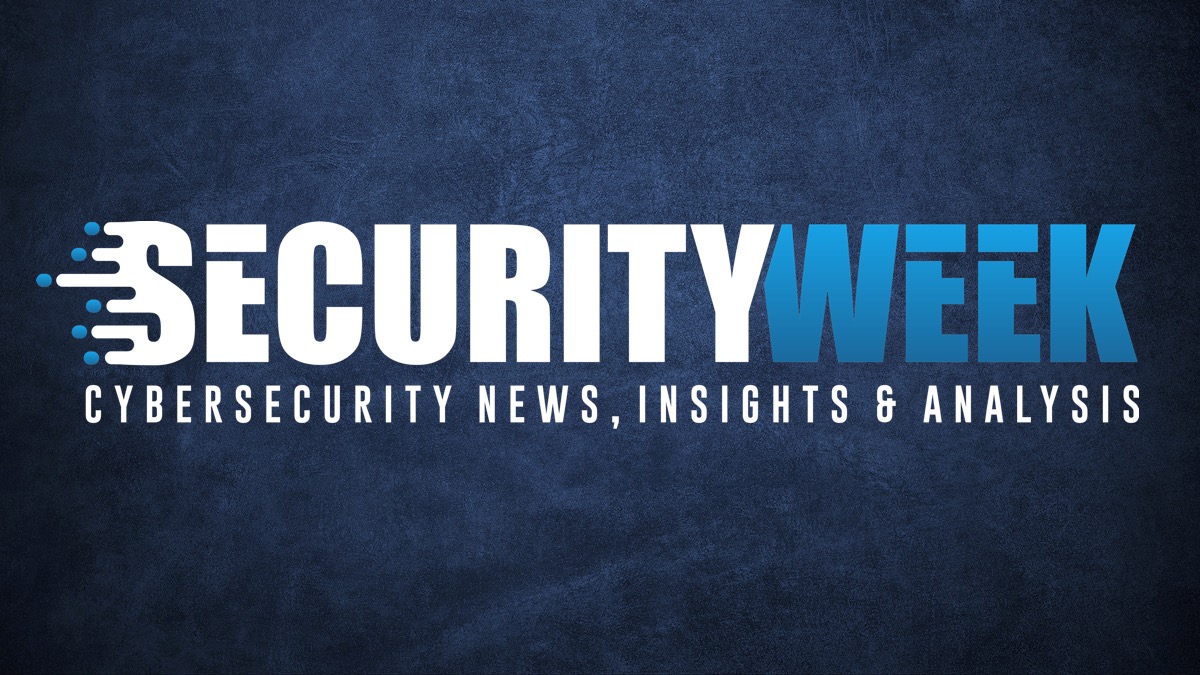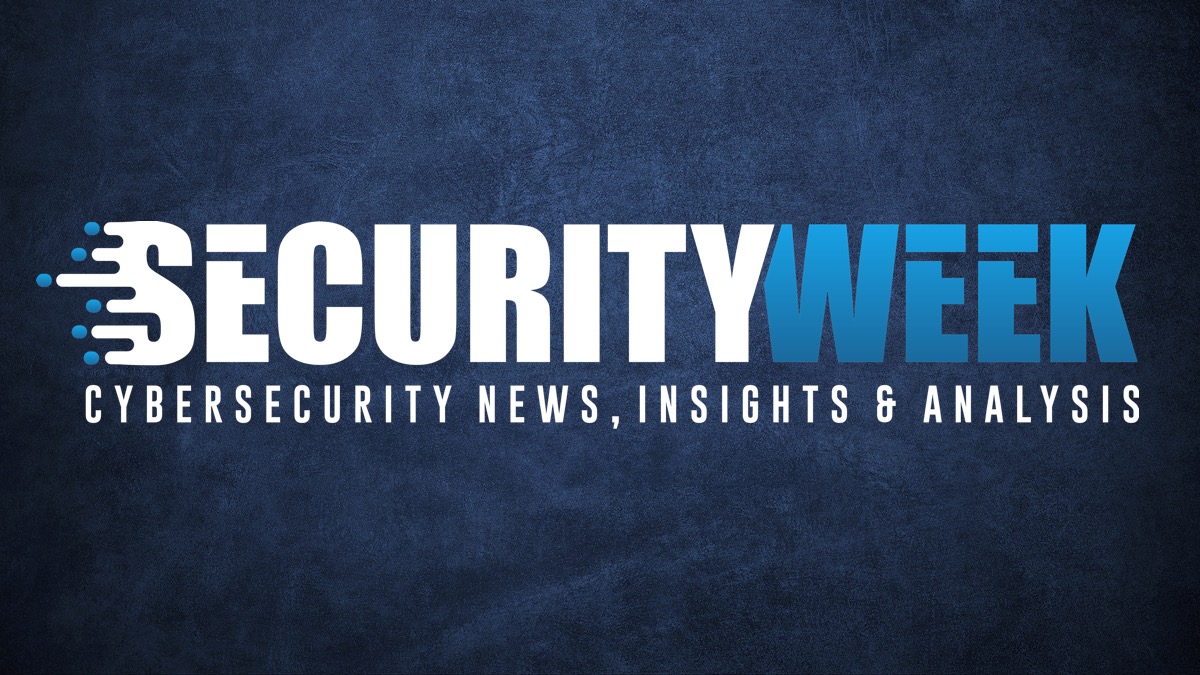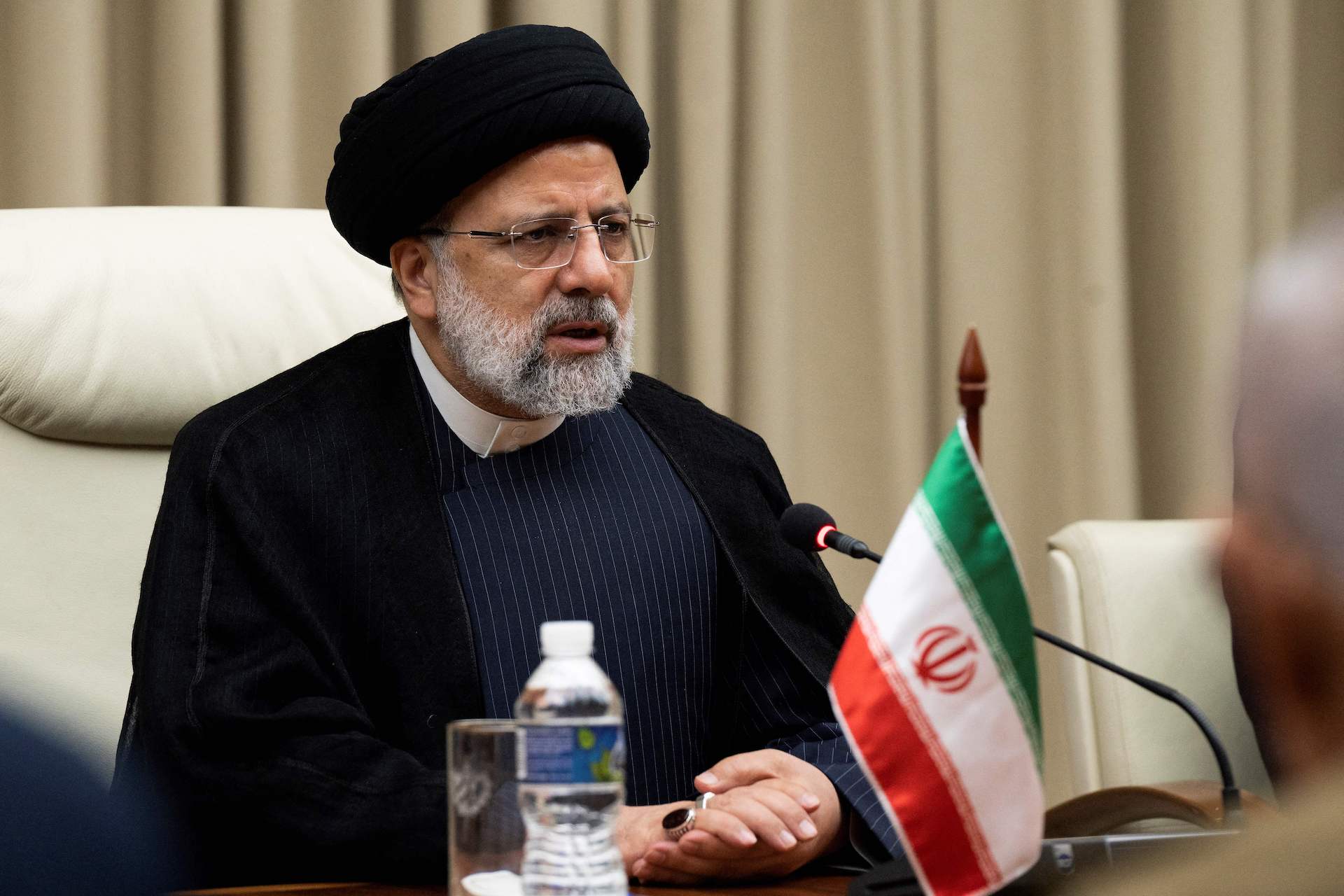State and local governments face increased challenges amid a rising threat landscape due to malicious ransomware attacks and sophisticated nation-state threat actors, according to a report released Monday from Moody’s Investors Service.
At least 108 organizations, including seven U.S. universities, have been listed by Clop or disclosed as having been impacted thus far, according to Brett Callow, a threat analyst at Emsisoft.
Researchers at Censys have analyzed the attack surfaces of more than 50 Federal Civilian Executive Branch (FCEB) organizations and sub-organizations and discovered more than 13,000 distinct hosts across 100 autonomous systems.
The company, which manages three residential facilities in Pennsylvania, discovered suspicious activity in its internal systems used for business operations and immediately implemented measures to contain the situation.
Researchers at cybersecurity firm Security Joes discovered the method, which utilizes legitimate DLLs with RWX (read, write, execute) sections for evading EDR hooks and injecting code into remote processes.
The Nevada-based identity verification company said the acquisition of San Francisco-based Berbix will help it optimize the digital capturing and back-end processing of driver’s licenses and passports at faster speeds and with greater accuracy.
The Cl0p ransomware group added five new victims of MOVEit attacks to its dark web leak site, including the industrial control systems giants Schneider Electric and Siemens Energy.
The company, founded by DARPA, NASA, and DoD veterans, said the Series A-1 financing was led by Paladin Capital Group. Existing investors including Lockheed Martin Ventures, new investors Hakluyt Capital and Expeditions Fund, also took part.
Google this week announced a new Chrome 114 update that patches a total of four vulnerabilities, including three high-severity bugs reported by external security researchers.
The latest hack claimed by GhyamSarnegouni demonstrates the depth of information that hackers and hacktivists are accessing in Iran’s internal politics, with potentially significant implications for national security.


